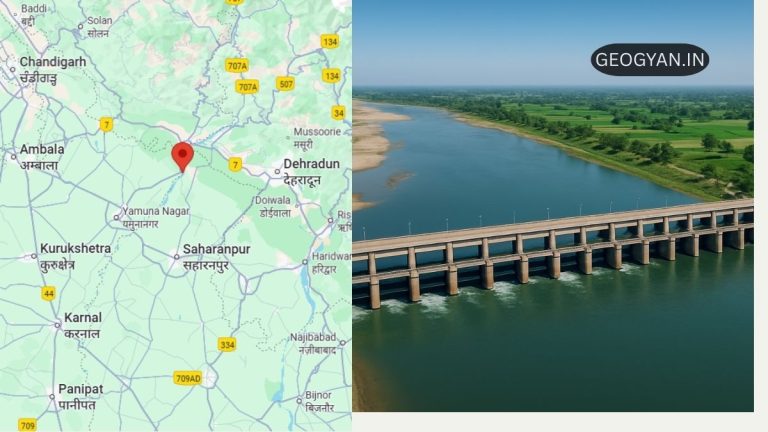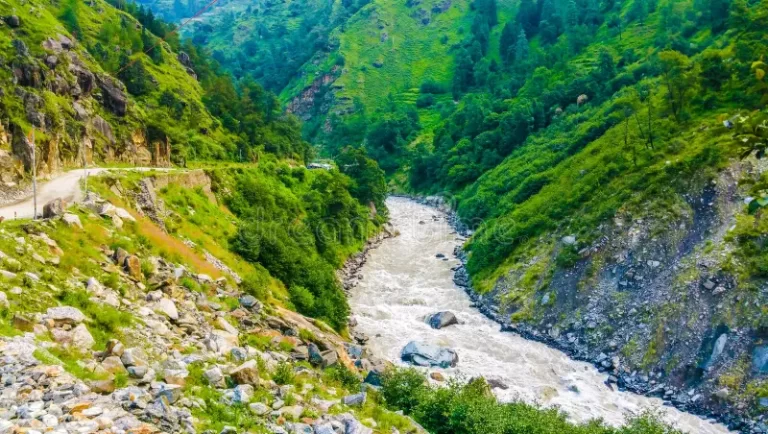Estimated reading time: 2 minutes
If there are two adjacent rivers and one is more powerful than the other, then the more powerful river may capture its weaker neighbor. For this to happen, the more powerful river must flow at a lower level and it must erode its channel, both headward and vertically, at a faster rate than its neighbor.
This can take place when the more powerful river flows over rocks that are easy to erode or when it flows down a steeper slope than its neighbors. If either of these conditions occurs then river capture takes place. See Fig. 1 for more explanation (how this happens).

When this process occurs, the stronger river captures the upper part of the weaker river, leaving the lower part with less water and too small for its valley. This lower part is called a misfit, and the dry section just below where the capture occurred is called a wind gap. There are several examples of river capture in Great Britain, such as the River Tyne capturing the upper parts of the Wansbeck and Blyth Rivers.(see Fig. 2)

You May Also Like





























